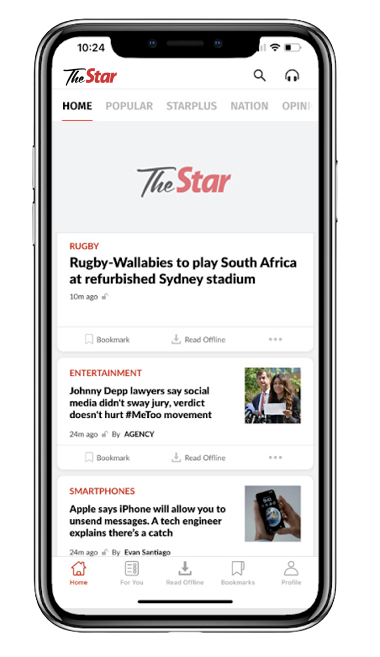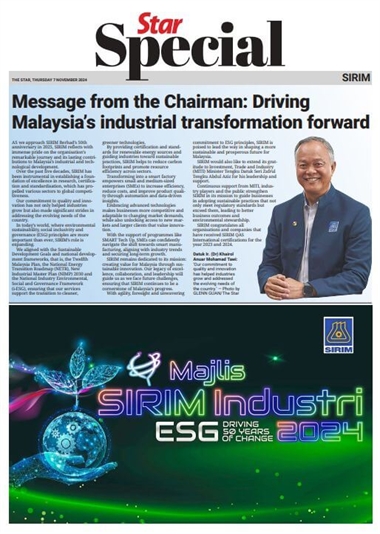
There is no universal sign language. Each version is based on local cultural and religious backgrounds. — Pexels
AS WITH spoken languages, there is no “universal” sign language.
Different countries have their own versions, which are related to local cultural and religious backgrounds.
For example, American Sign Language (ASL) is different from Australia’s Auslan Sign Language, which is different from the British Sign Language (BSL) used in the United Kingdom.
A person fluent in ASL who travels to Sydney, Australia, but be unable to communicate with someone using the local sign language.
Similar to different dialects or accents apparent in oral language, the signs and gestures are different.
It is estimated that there are more than 300 different sign languages in the world, used by more than 72 million hearing- impaired people worldwide.
Bahasa Isyarat Malaysia
Bahasa Isyarat Malaysia (BIM) is officially recognised as the language of the deaf in Malaysia through the Persons with Disabilities Act 2008 or Act 685.
According to the BIM website (www.bimsignbank.org) the language came about in 1997, when the Malaysian Federation of the Deaf (MFD) initiated a sign language development project in 1997.
With funding from the Abilis Foundation, Finland, the project began by collecting local signs used by the deaf from various ethnicities and religions across the country.
These signs were then standardised. BIM was officially launched in 2000.
MFD has produced 18 BIM books featuring 10,000 signs, including two mobile applications.
MFD has also provided BIM course instructors for government and private agencies, including local universities.
To further promote the use of the language, MFD developed the BIM Sign Bank as a reference material for students, parents, educators, sign language interpreters, and the surrounding community.
In collaboration with Guideware Give Back, the “BIM by MFD” application was launched in July 2021.
American Sign Language
In the United States, ASL has become the dominant sign language among the deaf and hard-of-hearing communities.
There is no single “inventor” of ASL, but linguists and historians believe it may have evolved from French Sign Language (LSF) more than 200 years ago.
According to the US National Association of the Deaf (www.nad.org) ASL is taught in many schools and colleges as part of modern and “foreign” language classes.
British Sign Language (BSL)
BSL, which is commonly used in the United Kingdom, has its own grammatical structure and syntax.
As a language it is not dependant nor is it strongly related to spoken English.
According to the BSL website (https://www.british-sign.co.uk/ )BSL was recognised by the UK government as an official minority language in 2003.
This has led to increased funding for the needs of the communication of people who are deaf, and an increased awareness of the language which now has a similar status to that of other minority national languages such as Gaelic and Welsh.
International Sign Language
International Sign Language (ISL) is the official language of the World Federation of the Deaf (WFD) which was formed in 1951.
It is not as robust as most sign languages, and has slightly more than 1,400 users.
It is mainly used in international settings such as Deaf Olympics, United Nations briefings, World Federation of the Deaf briefings, United Nations conferences.
Most Certified Deaf Interpreters (CDI) will use ISL to help bridge the gap when interpreting for deaf people from other countries.
ISL, which is also called Gestuno, incorporates a lot of gestures and loan signs from different countries, to maximise understanding.











































